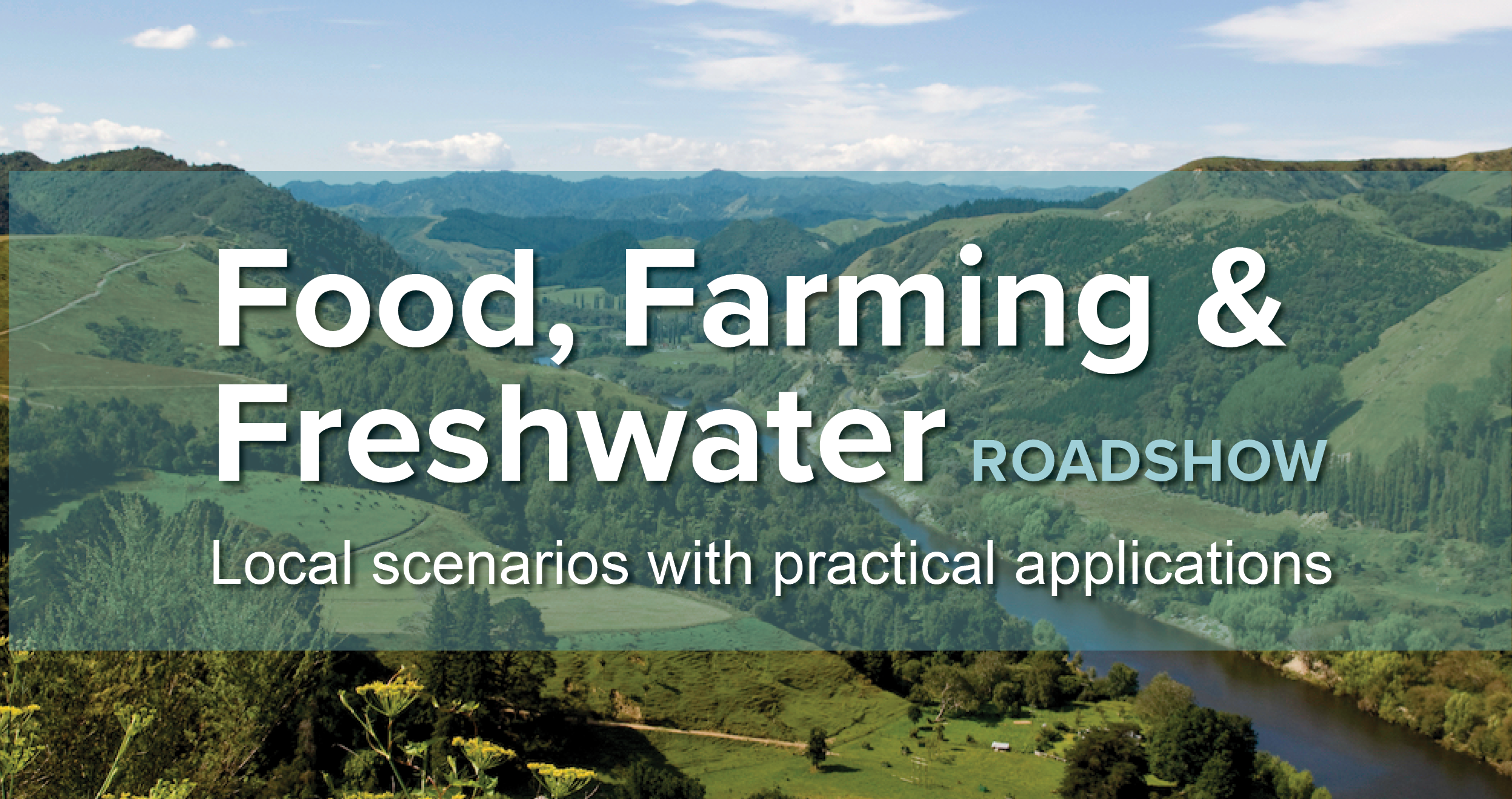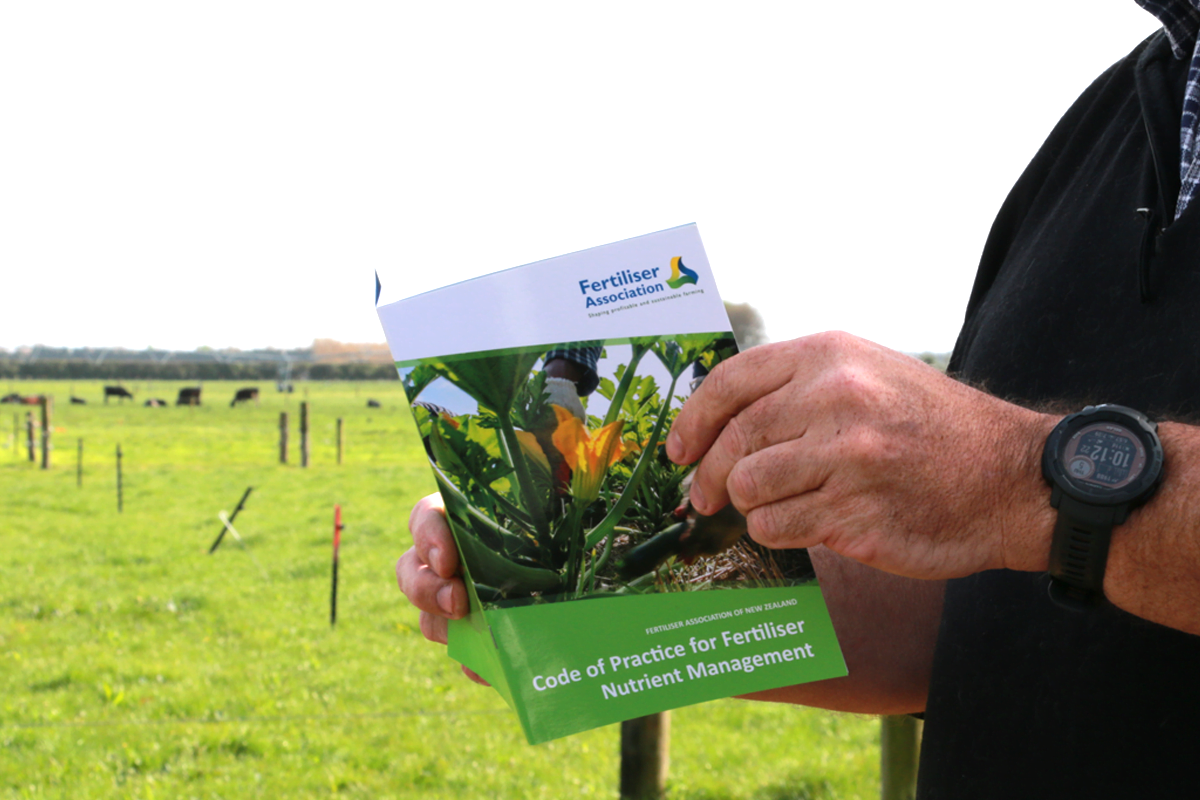November 02, 2023
Resources related to
Sediment
Geoff Reid
Sediment is a natural part of our rivers, but too much sediment disrupts ecosystems and harms plants and fish. These resources can help you identify sources of sediment, understand how sediment moves through the landscape, and prevent soil loss.
Impacts of grazing on ground cover, soil physical properties and soil loss via surface erosion: A novel geospatial modelling approach
Agricultural expansion and overgrazing are globally recognized as key contributors to accelerated soil degradation and surface erosion, with direct consequences for land productivity, and environmental…
Modelling soil loss from surface erosion at high-resolution to better understand sources and drivers across land uses and catchments: a national-scale assessment of NZ
Soil erosion is a significant challenge for agricultural regions, with cascading impacts to waterways, land productivity, soil carbon, and ecological health. We provide the first…
A Source-to-sink Contaminant Risk Framework To Support Water Quality Policy Across Scales
In the wrong place, or at excessive concentrations, nutrients (nitrogen and phosphorus) and sediment become contaminants. Along with pathogens, they require reduction to improve water…
Project Summary: What are the Best Sediment Traps for my Hill Country Stream?
This article summarises the results of a Rural Professionals Fund project that aimed to evaluate the effectiveness of three different sediment traps within the same…
Sediment and water-column phosphorus chemistry in streams at baseflow across varying catchment geologies
Streams can attenuate inputs of phosphorus (P) and therefore dampen the likelihood of ecosystem eutrophication. This P attenuation derives from many processes and remains poorly…
Sediment traps in hill country
The farmers have been involved in riparian fencing and planting but saw a need to try and reduce the sediment load of water channels that…
 View Our Strategy Document 2019 – 2024
View Our Strategy Document 2019 – 2024


